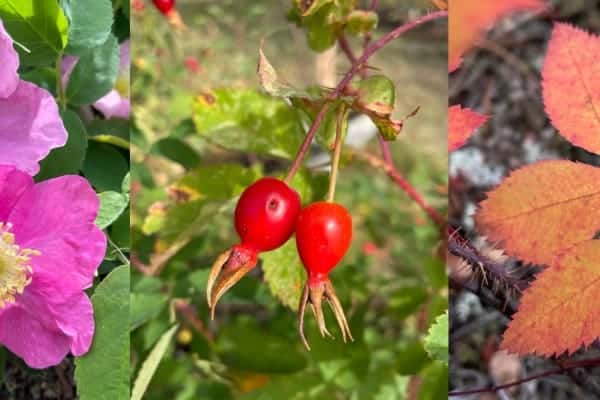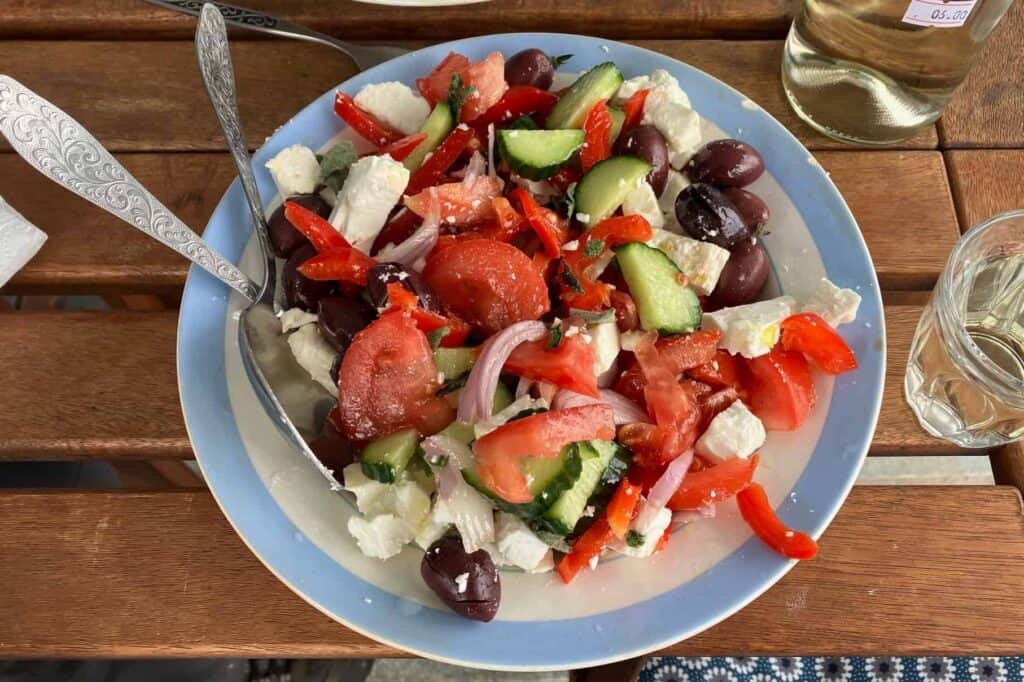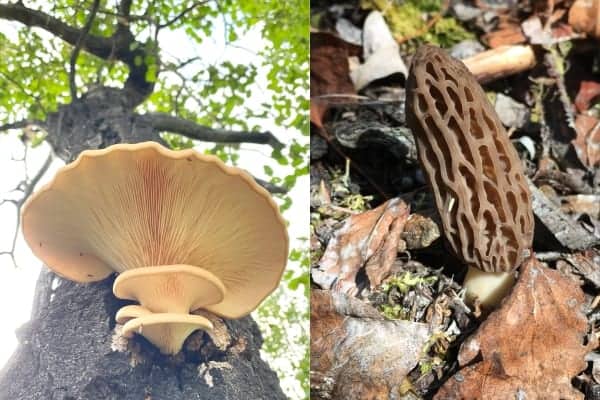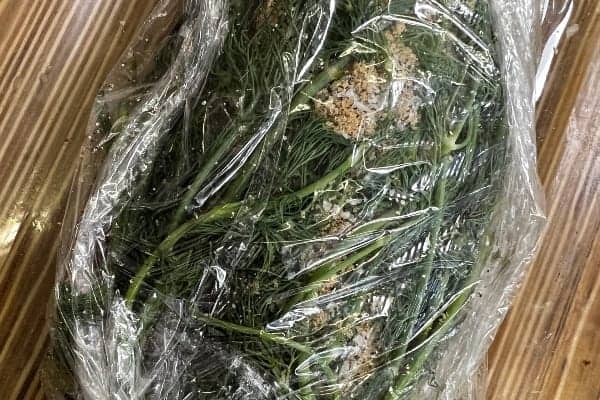I delight in winter travel, especially once the snow pack has settled. It’s early this year, and I’m already able to break away from the packed trails and wander the woods to my hearts content.
Whether on skis on snowshoes, I inevitably follow the tracks of some other creature, and, given my proclivities, I look for clues about it’s eating. Tracking is like being told a story in which many details are left to one’s imagination, but clues are given to help the listener along. Of late, I’ve been following the caribou tracks in my valley, and am continuously amazed that such large creatures, living in small herds no less, can subsist through the winter on a predominant diet of lichen.
The moose browsing birch and willows may be more impressive in size, but they travel in smaller numbers and their food is more plentiful, if not always choice.
Looking closely at “reindeer lichen,” which supports caribou you could be forgiven for thinking of the doctrine of signatures: the tiny branches resemble caribou antlers, curving into and around each other to create a small skeletal bush reminiscent of coral. Here and there along the weaving trails I can see where caribou have pawed through to the sandy ground of the open pine forest, ground that is thick with lichen.
It’s abundant, but also fragile; unless it has just rained, each step is accompanied by a guilt-inducing crunch, as decade-old lichens crumble in an instant.
When it comes to survival,
I try to take cues from the animals around me. I figure they know what’s what — but still, I can’t bring myself to consider lichen a dietary staple.
My field guides list it as a famine food used by First Nations, and I think I’ll keep that tidbit in reserve as I turn to my last few cabbages.
But it doesn’t seem fair to the caribou because they don’t have the alternatives available to their two-legged neighbours, and they are already strained by our activity.
We are more like the squirrels, hoarding food away in the fall to have a stocked pantry in the winter, but hopefully not quite as forgetful about where we stash things(many spruce trees owe their lives to absent-minded rodents, but a moldy box of carrots has few benefits). I will think of caribou as I munch on my hoarded vegetables, glad I need not foraging now.
Late Winter Salad
One small cabbage, sliced fine
Two medium carrots, grated
Two small beets, grated
One clove garlic, grated
A handful dried lemon balm or other citrusy herb – or, if you feel flush, 2Tbs fresh lemon juice
Salt and pepper to taste
¼ c roasted yellow dock seeds
Method
Toss all ingredients except the seeds, which should be sprinkled over top of the salad just before serving. Make a toast to a caribou.




